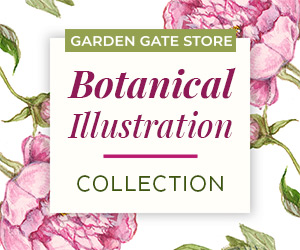container design tips
There’s more to beautiful containers than just the right planting and care. Design plays a role, too. Take this traditional container design, consisting of three types of plants: Tall spikes, lush fillers, and long trailers. No matter what size or shape your pot, this no-fail formula is sure to produce results!
AIM HIGH — The first type of plant that you’ll need is a spike. A “spike” could be an actual spike plant (these plants are found in the Cordyline or Dracaena families and are often just labeled “spike”), but it could also be any plant that adds height to your container. In the photo at right, that’s the snake plant. Ornamental grasses, New Zealand flax and tall snapdragons also make great spikes. A spike often functions as a focal point or attention-grabber, but it doesn’t have to. It can also provide a backdrop for a lovely filler.
 As you build your container, play around with the position of the spike, as you see in the illustrations. Place it either in the center, with the other plants forming a ring around it, or toward the back of the pot, where it creates a sort of backdrop. For a twist, place the spike off to one side, and let fillers take over the other side.
As you build your container, play around with the position of the spike, as you see in the illustrations. Place it either in the center, with the other plants forming a ring around it, or toward the back of the pot, where it creates a sort of backdrop. For a twist, place the spike off to one side, and let fillers take over the other side.
MIDDLE MAGIC — Fillers are shorter than the spike and taller than the trailers and are vital to the container’s success. Fillers can play any role you’d like: Supporting actor to the star spike, or show-stopping diva. For a supporting role, make sure you choose fillers that have colors that complement the spike and foliage or flowers that don’t compete with it. If you want the diva, then look for lush, bold flowers like the yellow begonias in the photo, or brightly colored or variegated foliage. The most successful fillers have mounding or bushy habits, like lantana or impatiens. You can also look for spiky plants that stay small, like grape hyacinths, blue fescue or short snapdragons.
THE TRAILERS — Last, but certainly not least, are the trailers. These low-growers spill over the edge of the container and run along the sides, like the English ivy in the photo does. They help create a visual bridge between your pot and the rest of the planting.
With trailers, aim to keep it simple. Choose just one or two types of plants for the most impact. Plant the trailers right at the edge of your container. They can go all the way around the pot, or just spill over in one or two particular spots. For fuller, bushier plants, like bacopa, don’t be afraid to tilt them toward the rim when you plant them. You’ll get more edge coverage that way, and you’ll see more of the plant. By the middle of summer, don’t worry if you have to cut back or even pull out a trailer that’s taking over the container.
For more great tips on containers, get your copy of Containers Made Easy at right!

















